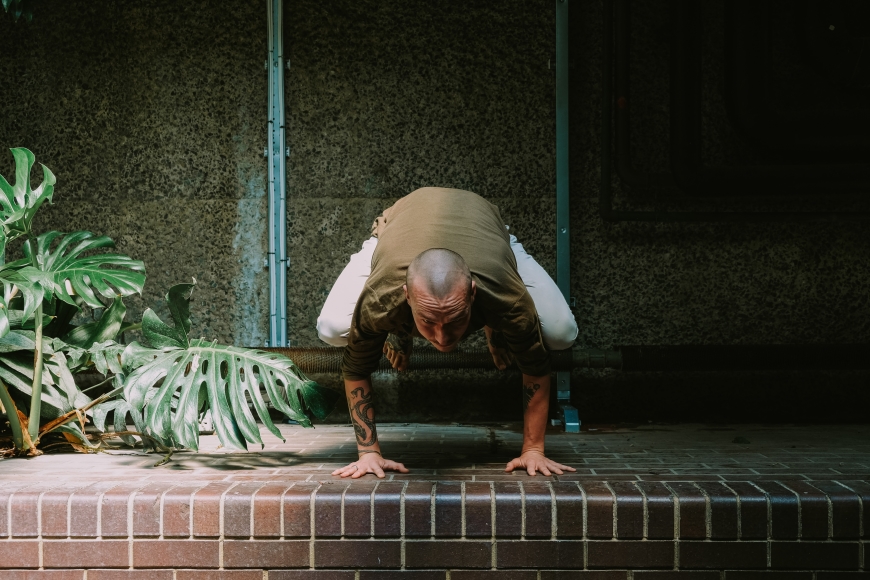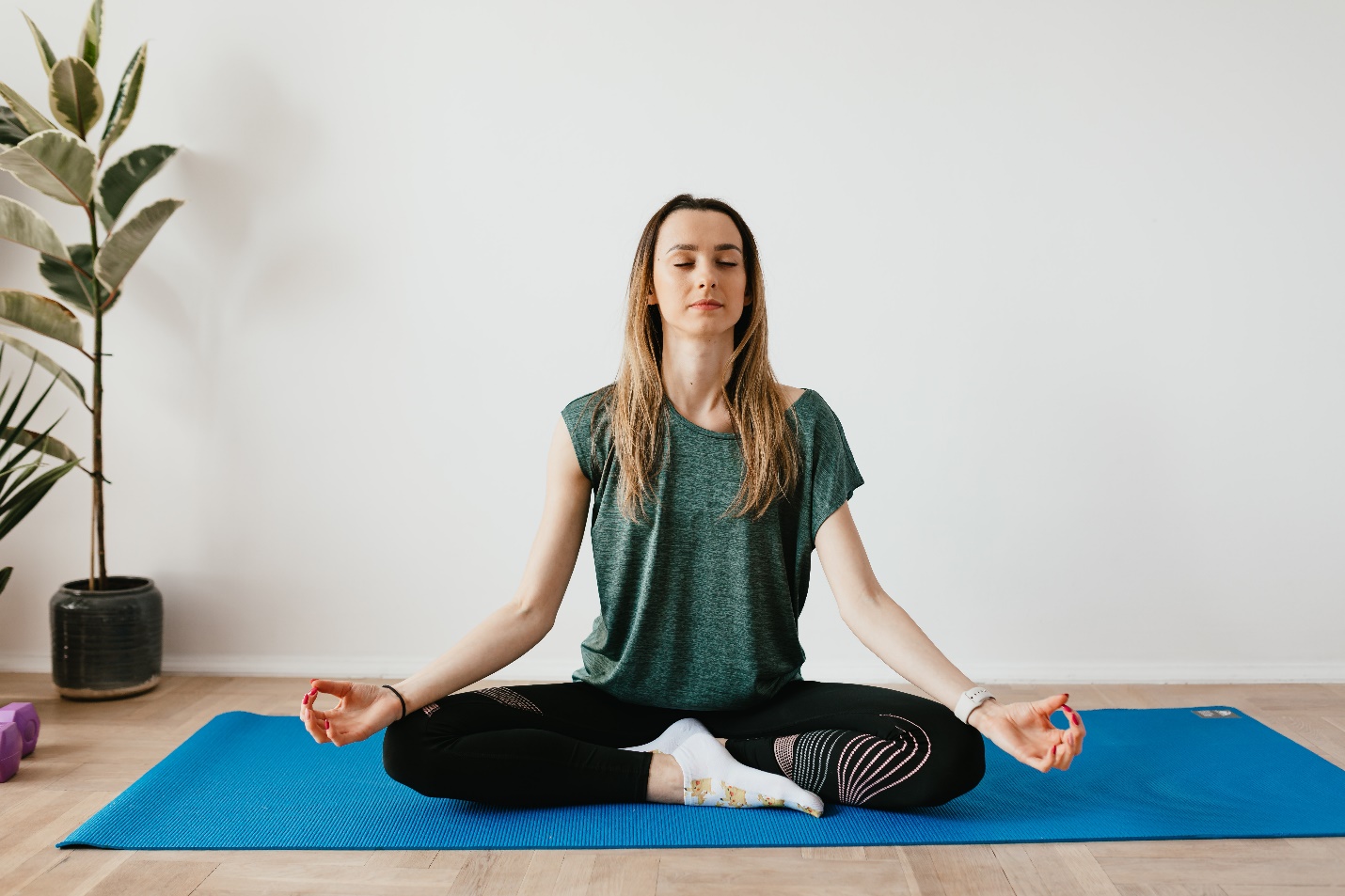The Yoga-Ayurveda Connection
 Both Ayurveda and yoga date back to thousands of years. They help to raise your spiritual, mental, and physical wellness levels, as well as overall happiness. Consequently, both of these Indian philosophies have become immensely popular in the west. However, one will need to practice them together to boost benefits.
Both Ayurveda and yoga date back to thousands of years. They help to raise your spiritual, mental, and physical wellness levels, as well as overall happiness. Consequently, both of these Indian philosophies have become immensely popular in the west. However, one will need to practice them together to boost benefits.
First, Ayurveda is a school of science which holds roots in Indian Vedic texts, as old as 5,000 years ago. The WHO recognises it as an alternate or complementary form to mainstream medicine. Further, it works for the wellness of the mind, body, and spirit, through all-natural and seasonal ingredients. For instance, turmeric, black pepper, cloves, and ginger can raise immunity and keep you healthy.
Click here to take an Ayurvedic treatment in Kerala with Mekosha.
Second, yoga constitutes a group of mental, spiritual and physical exercises. These pave way for strength, focus, and self realisation. Most importantly, it keeps your mind and body both agile and disease free. Subsequently, it has become a household name in the west, and seems to occupy a distinct category from yoga. But, both of these schools of thought work in connection to discover the true self. This is to say, yoga teachers should grasp the basics of Ayurveda, just as Ayurvedic practitioners should be well-versed with yoga.
To understand the fundamentals of this connection, we’ll have to first understand body constitution. Next, we’ll look at appropriate yoga practices for specific body types. Finally, we’ll explore why you should customise your yoga sessions. We recommend that you join us for a rejuvenating and revitalising yoga session here at Kerala.
Click here to take a yoga retreat in Kerala with us here at Mekosha.
Doshas and Gunas
Your body constitutes three doshas or biological energies, known as vata, pitta, and kapha. These exist in different combinations within our bodies. However, there are 1-2 doshas which dominate the third one. It is only when your doshas reach a state of balance can you tune in with the environment. Let’s look at each of these doshas individually below.
First, vata comprises of air and ether, and is the principle of movement. It characterises you as light, thin, energetic, and malleable. Second, there is pitta, which combines fire and water. It is the principle of transformation. Pitta types are driven with a goal and determination, and tend to have a zest and enthusiasm towards life. Third, the kapha type constitutes water and earth, and signifies cohesion. Kapha types tend to be nurture and calm others.
Your prakriti or body constitution is essentially a manifestation of these dosha combinations. It determines the structural, functional, and behavioural patterns of your bodies. Vikriti or imbalances occur when one of more of these doshas can get aggravated, or go out of balance. To avoid this, you must know the right routine, diet, and practices to support proper health. In addition, make sure to use various Ayurvedic remedies such as herbal intervention, medication, massages, and aromatherapy.
Moving on, your gunas are the three orientations of the mind. These include the sattva (balanced), rajas (energetic), and tamas (lethargic) states of mind. As per Ayurveda, knowledge of the Prakriti, vikriti and gunas are essential to prescribing the correct lifestyle routines. Above all, it enables tridoshic balance which keeps you free of disorders and ailments.
Yoga through a Tridoshic Approach
First, high levels of vata dosha will make you quick, fickle, energetic, and creative. However, you are prone to imbalances such as dryness, constipation, insomnia or anxiety. Thus, you should opt for slow, warming, and restorative exercises at lower capacities. Hold a limited number of poses for longer durations. For instance, try out the tree, mountain, or floor sequences, in addition to forward and backward bends at a moderate pace.
Further, go for abdominal, fully yogic, or alternate nostril breathing as a pranayama recommendation. This can create a focused and calming effect, and strengthen the lower spinal region, pelvic floor and colon which houses the vata.
Second, you will tend to be courageous, ambitious, and driven with high pitta levels. However, you are more prone to anger, irritation, and hyperacidity. Go for slow and gentle movements such as spinal twists, forward bends, and sun salutations. Take care during backbends and spinal compression.
While you may be drawn to more intense exercises such as Ashtanga, Vinyasa, or hot yoga, you will need to reduce your competitive levels. Further, try out asanas with longer exhalation periods, such as sheetali or brahmari, or alternate nostril breathing. Be sure to practice this in the early mornings of evenings for best results.
Third, kapha-predominent people tend to love, nurture, relax and be cool-headed. However, they are prone to stagnation, congestion, lethargy and obesity. Practitioners recommend an energising session rather than a calm one. For instance, go for warming and faster routines such as sun salutations, standing, and inverted poses. As a result, your agni or digestive fire awakens and rejuvenates your system. This may otherwise stagnate with high kapha levels.
Takeaways
The sister schools of yoga and Ayurveda are most helpful when you practice them together. For instance, your prakriti, vikruti, or guna levels should guide yoga practice. In other words, you can customise your routines based on energy and immunity levels, imbalances, and dietary needs.
Make sure you ask questions about how an asana makes you feel. Does rejuvenate, calm or energise you? Is it a cool or heat-inducing one? As you reflect on these questions, it can help structure a routine which works best for you.
Take a look at yoga poses with SuchBliss here.
Take a look here to find out more about the power of yoga and its connection with Ayurveda.








